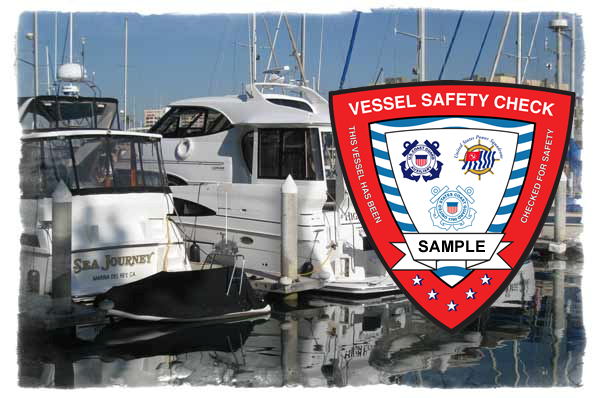| Image may be NSFW. Clik here to view.  |
|
Cell phones and water don't mix. In case of emergency, you want to have a EPIRB or PLB on board your boat. They take the "search" out of search and rescue. U.S. Coast Guard photo illustration by Petty Officer 2nd Class Lauren Laughlin |
CLEVELAND — As National Safe Boating Week continues, the Great Lakes Coast Guard is reminding boaters of the importance of carrying life-saving emergency distress equipment.
While many boaters rely on cell phones for emergency communications on the water, personal locator beacons are much more reliable in the marine environment.
The Coast Guard highly recommends all mariners equip their boats with Emergency Position Indicating Radio Beacons and/or their life jackets with Personal Locator Beacons.
“EPIRBs and PLBs are absolutely invaluable during emergencies because they instantly alert responders to your distress, provide a precise GPS location and give a description of your vessel when they’re properly registered,” said Mike Baron, the recreational boating safety specialist for the Coast Guard 9th District. “If your boat capsizes or you fall overboard and can’t get to your radio, these small, relatively inexpensive pieces of equipment, along with your life jacket, really could be the difference between living and dying.”
| Image may be NSFW. Clik here to view.  |
EPIRBs and PLBs may be activated manually by the push of a button or automatically when they enter the water, depending on the model.
A PLB is a small battery-powered device that transmits a digital burst to a satellite once every 50 seconds, which the Coast Guard monitors. These devices have a shelf life of 6 to 8 years.
PLBs send out a continuous signal for 48 hours unless turned off. New search-and rescue technology aboard Coast Guard Dolphin helicopters and 45-foot response boats can now hone in on the signal of a transmitting PLB.
The 406Mhz PLB signals are coded, allowing non-PLB signals to be filtered out by the National Oceanic and Atmospheric Administration operated search and rescue satellite aided tracking.
Additionally, in accordance with federal law, recreational boats 16 feet and longer are required to carry visual distress signals such as flares, smoke signals or non-pyrotechnic devices, and vessels 12 meters or longer are required to carry sound-producing devices such as whistles, bells and gongs. State and local laws may require further safety equipment.
The National Oceanic and Atmospheric Administration search and rescue satellite aided tracking system counts that in 2015, 138 people were rescued at sea in 46 different incidents by using an EPIRB or PLB. In the U.S., more than 7,800 people have been rescued by EPIRB or PLB since 1982.
| Image may be NSFW. Clik here to view.  |
The Coast Guard released a new smartphone app for boaters, called United States Coast Guard, last year.
As the nation's recreational boating safety coordinator, the Coast Guard works to minimize loss of life, personal injury, property damage, and environmental harm. The Coast Guard's boating safety program involves public education programs, regulation of boat design and construction, approval of boating safety equipment, and vessel safety checks for compliance with federal and state safety requirements. The Coast Guard mobile app supports these missions by providing the essential services and information most commonly requested by boaters.





























